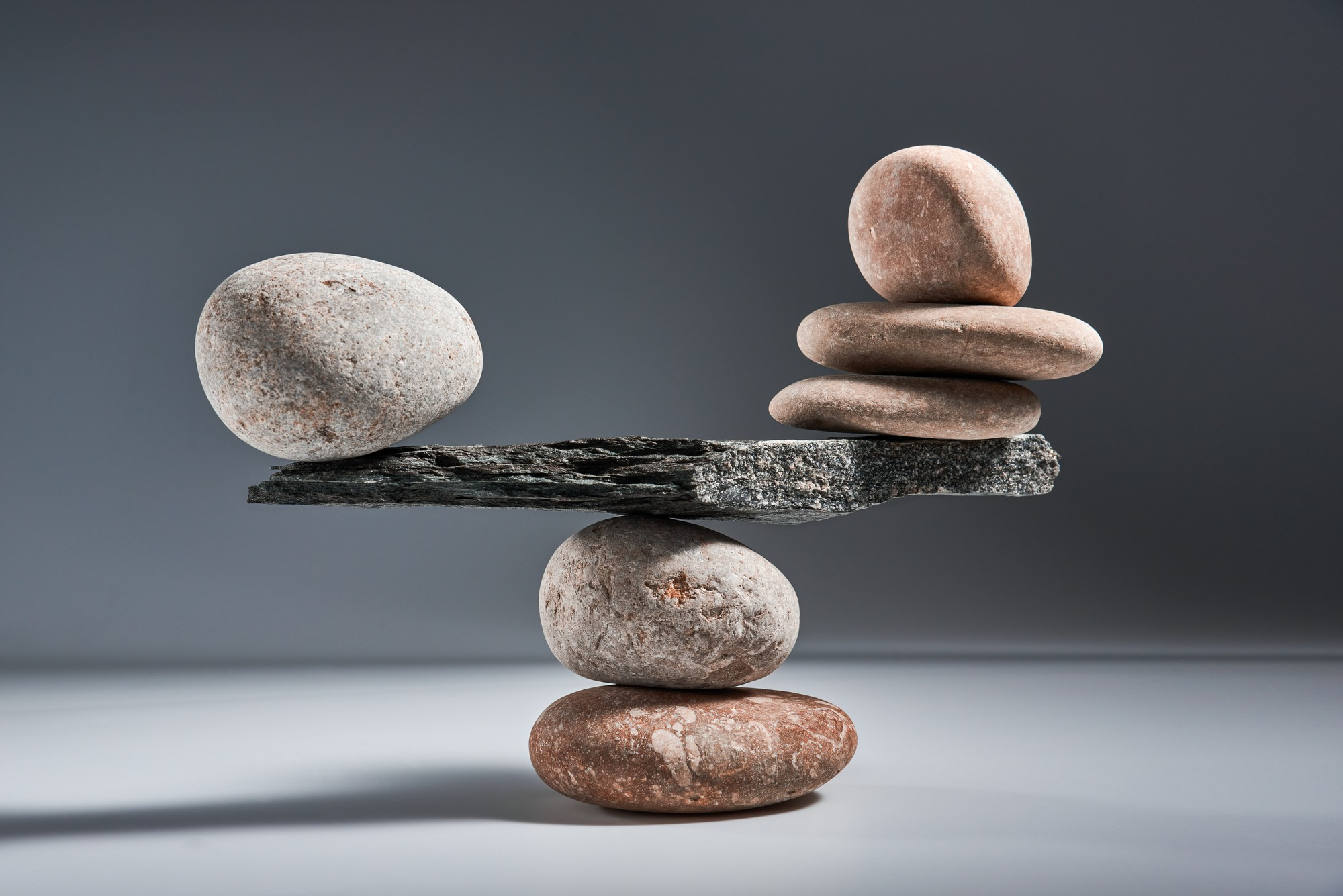Wellness Is Not Balance – Its Rhythmic: How to Move with Life’s Ebbs and Flows

The Illusion We’ve Been Sold We’re often told to “find balance” as if wellness were a formula we could solve once and hold in place forever. The imagery is neat; a perfectly level scale, a clock that never ticks offbeat, a still lake reflecting a flawless sky, a pendulum swinging evenly without any hesitation. On the contrary, life refuses to obey these diagrams. Illness, joy, grief, caregiving, and creativity arrives with its own tempo. We chase balance like a mirage, wondering why it slips away the moment life gets real. But what if wellness isn’t about balance at all?
What if it’s about rhythm?
Nature doesn’t balance….it pulses.
The breath expands and contracts.
The moon waxes and wanes.
The heart beats in waves of effort and rest.
Ocean tides rise and fall in rhythmic patterns.
Wellness, too, is rhythmic. Needs shift with seasons, roles, and inner tides. Emotional wellness may bloom during transitions. Physical wellness may retreat during grief. Spiritual wellness may deepen in solitude. None of these are failures but they are invitations.
To honour rhythm is to honour life’s intelligence.
Like music, wellness lives in the spaces—the silences—between each note. Harmony emerges not just from sound, but from pause, rest, and release.
The Problem with Static Wellness Models When we cling to the idea of balance, we fall into three traps:
Static models assume:
- All areas of life should be equally nurtured at all times
- Wellness is a solo achievement, not a relational dance
- Deviations from “balance” mean you’re failing But the truth is:
- Some domains whisper while others roar
- Capacity shifts with circumstance
- Wellness is relational, seasonal, and deeply personal
-
Yo-Yo Ma and the Pause Between Notes
World-renowned cellist Yo-Yo Ma describes creativity and wellness as inseparable from rhythm. He’s said that what makes music beautiful is “the silence between notes”—those intentional pauses are where emotion and meaning live. For Ma, mental and emotional health requires honouring these pauses: space for rest, reflection, and restoration.
Serena Williams and the Season of Recovery
After the birth of her daughter, tennis legend Serena Williams was candid about retreating from the court for deep recovery that included physically and emotionally. She reframed her experience: wellness was not holding every role (athlete, mother, advocate) in perfect balance at all times but tuning into what her body and heart needed. Her candid reflections encouraged others to embrace shifting rhythms, especially through change or challenge.
Desmond Tutu’s Joy in Imperfection
Archbishop Desmond Tutu championed the idea that joy and wellness are practices not destinations. During political turmoil, activism, and personal loss, Tutu accepted that wellness meant letting go of strict balance, and instead, returning again and again to small moments of laughter, spiritual ritual, and connection. Wellness lived in the rhythm of showing up, not in perfection.
The Bench Presser’s Journey
Consider the person who sets a goal to bench press 315 pounds. For months, they train with discipline, tracking progress and technique. Yet life isn’t linear: some weeks bring personal stress, work deadlines, or family obligations. There are plateaus, days of fatigue, and minor setbacks from injuries. Instead of seeing inconsistency as failure, this lifter learns to listen to periods of rest, active recovery, or alternative training when needed. Success, they discover, is found not in perfect weekly balance, but in respecting the rhythm of body and mind: days of pushing hard, days of backing off, and celebrating every returned rep after adversity. Their strength is built in the cycles, not in a steady climb.
Wellness, like music or strength training, lives in rhythm and in the space between notes or reps. The harmony of a song, the progress of an athlete, and the wellbeing of a person are all forged in cycles of effort and recovery. To honor your own rhythm is to embrace both the push and the pause.
A Rhythmic Wellness Practice Instead of forcing perfect symmetry, try listening for your current tempo:
1. Monthly or Seasonal Check-In Ask yourself:
- Which domain is calling for attention right now?
- What feels nourishing—not performative?
- What rhythm suits this season of my life?
2. Choose One Domain, One Ritual, One Rhythm Example:
- Domain: Emotional wellness
- Ritual: Five minutes of evening journaling
- Rhythm: Daily, with grace for missed days
3. Honor the Ebb and Flow
- Release guilt when one area recedes
- Trust that another rhythm will emerge
- Celebrate small acts of alignment
You are not here to perform wellness. You are here to live it rhythmically, humbly, and with compassion. Let your practice reflect your season. Let your rhythm honor your truth. Let each step, whether small or sweeping, be an act of alignment: quiet, steady, and real.
As the ancient Chinese wisdom says, "Water which is too pure has no fish."
Perfection and rigidity, like overly pure water, cannot sustain the richness of life. Our wellness thrives not in sterile balance, but in the mix of effort and ease, fullness and emptiness where the real vitality lives.
Embrace the natural flow and imperfections within your journey. It is in this dynamic rhythm that true wellness, contentment and joy can flourish.
